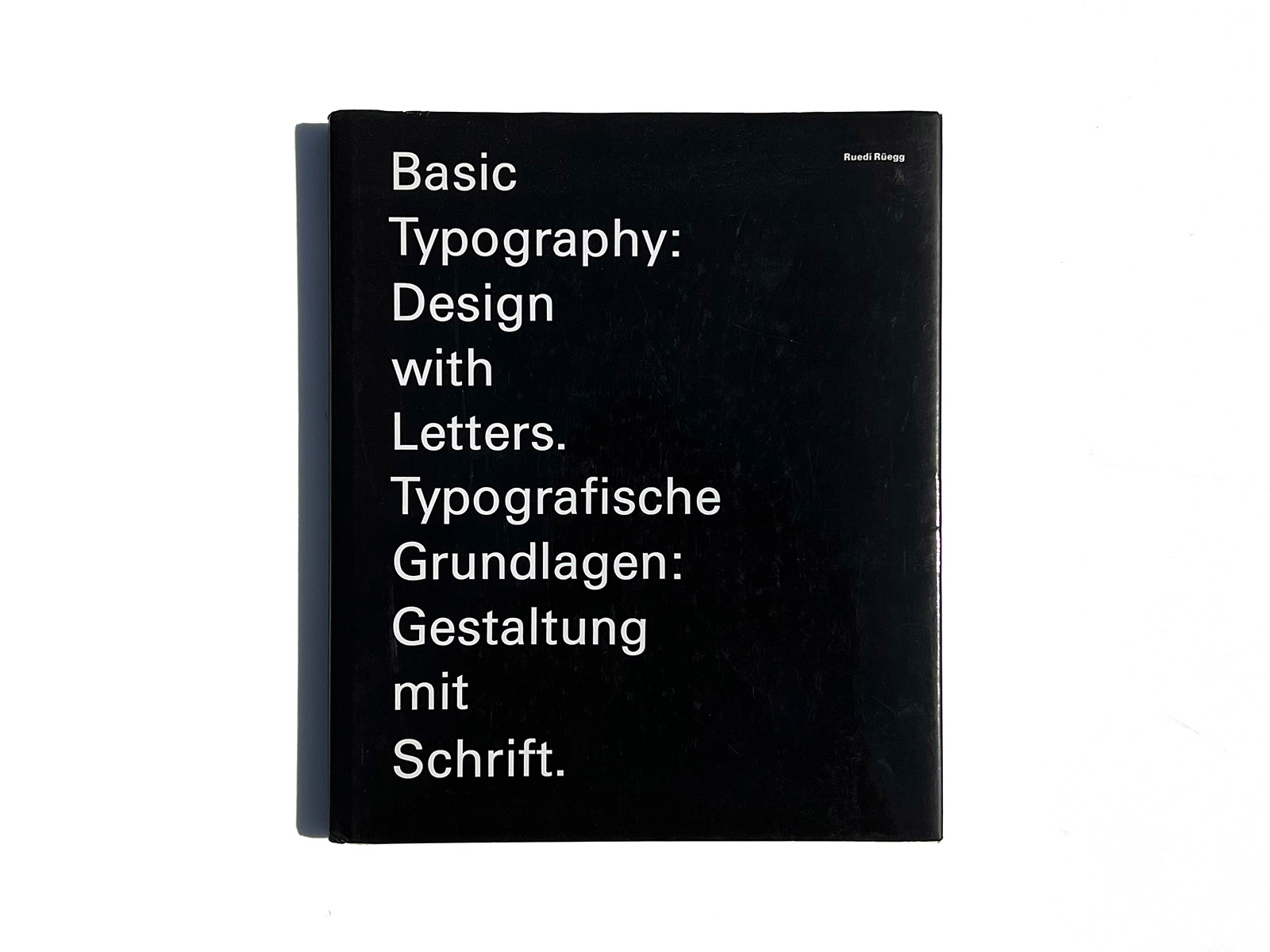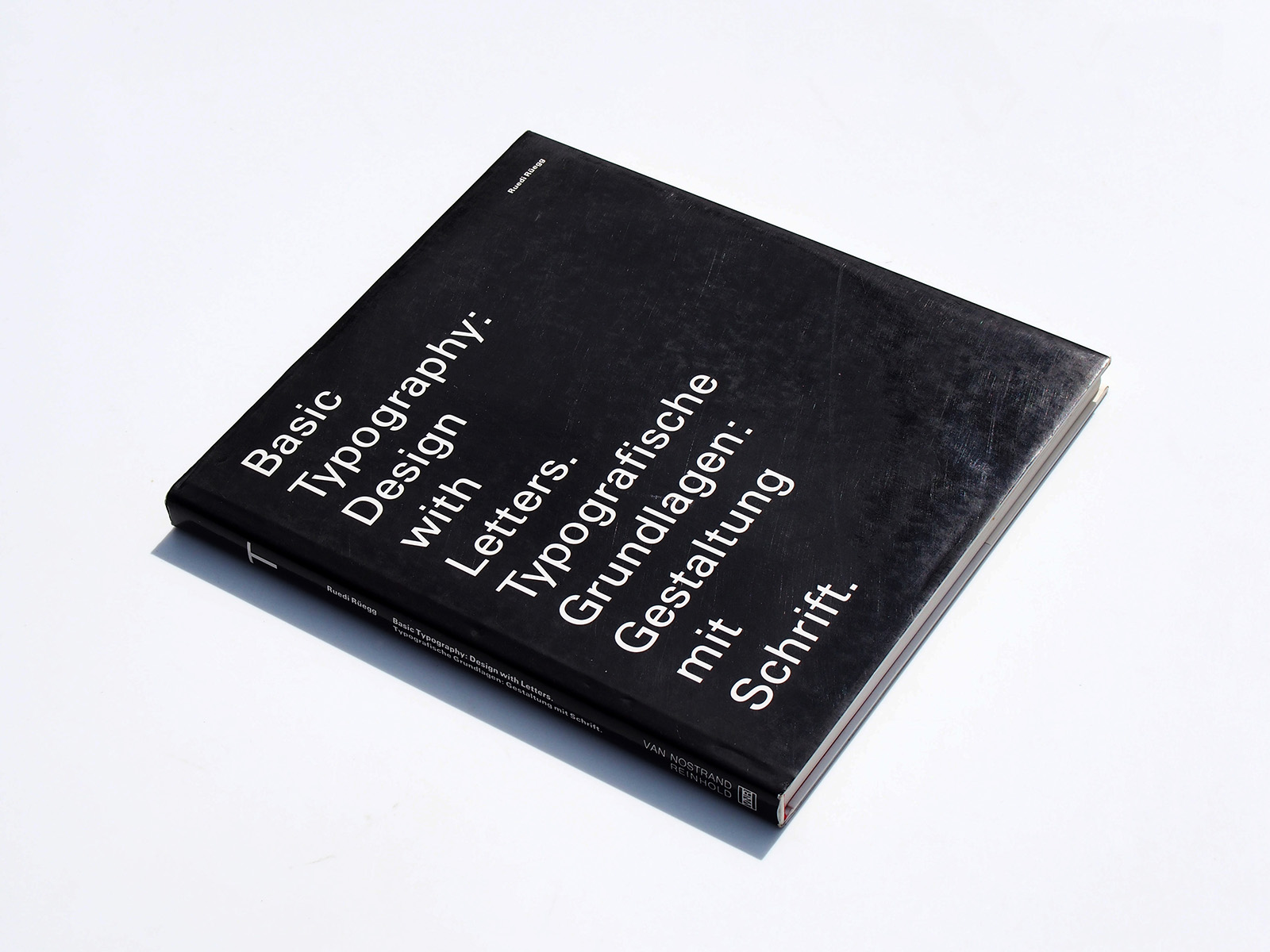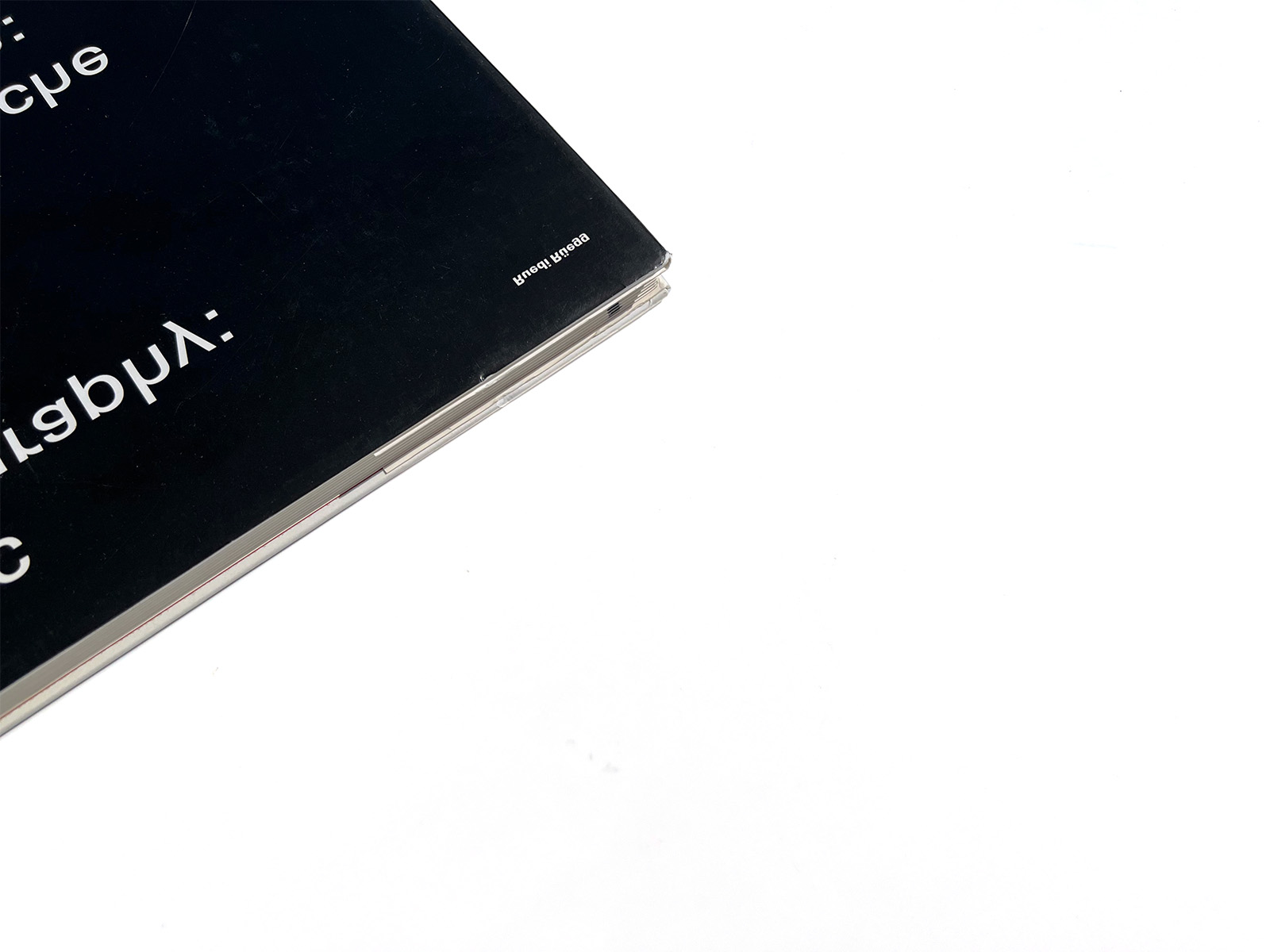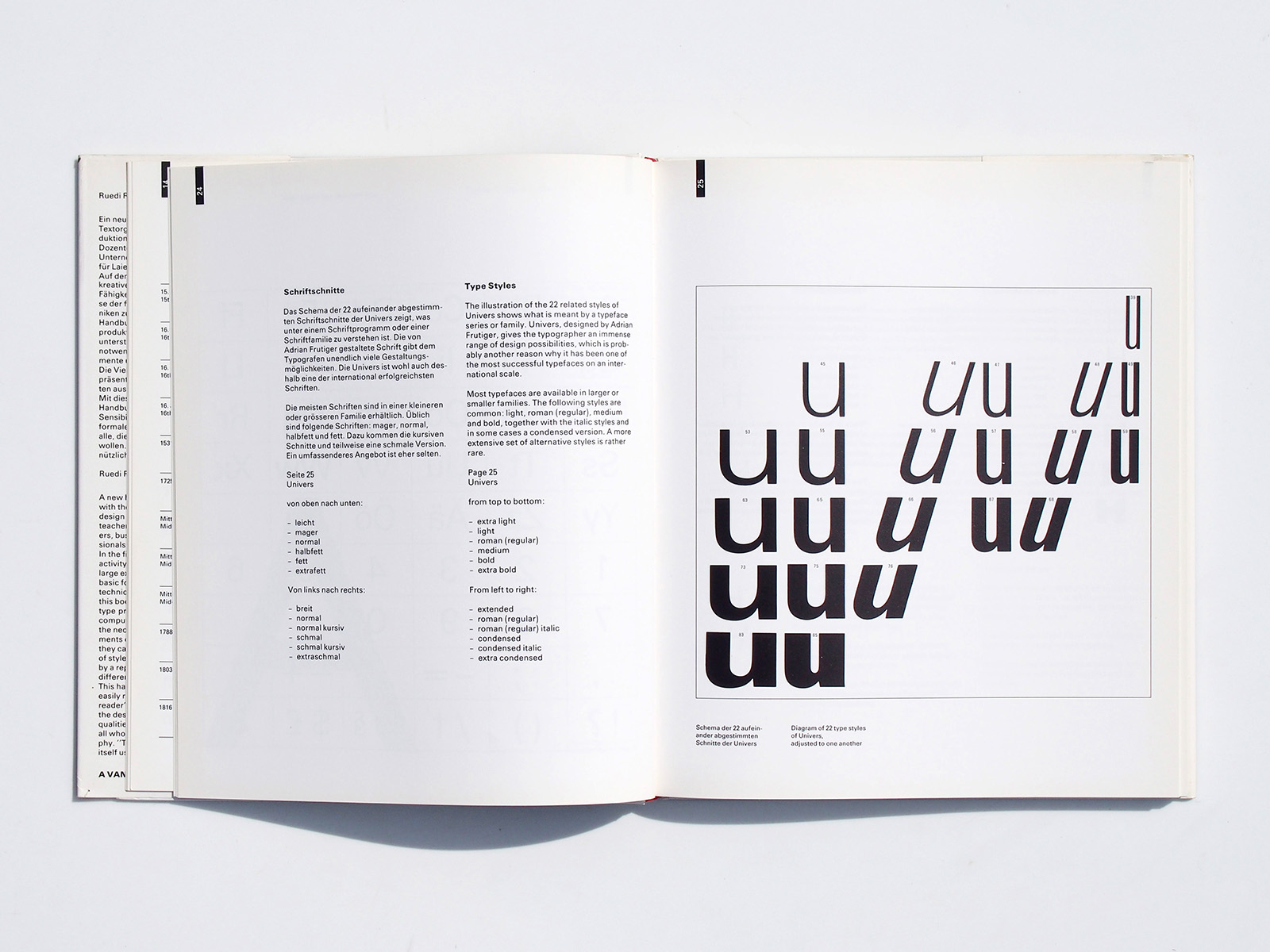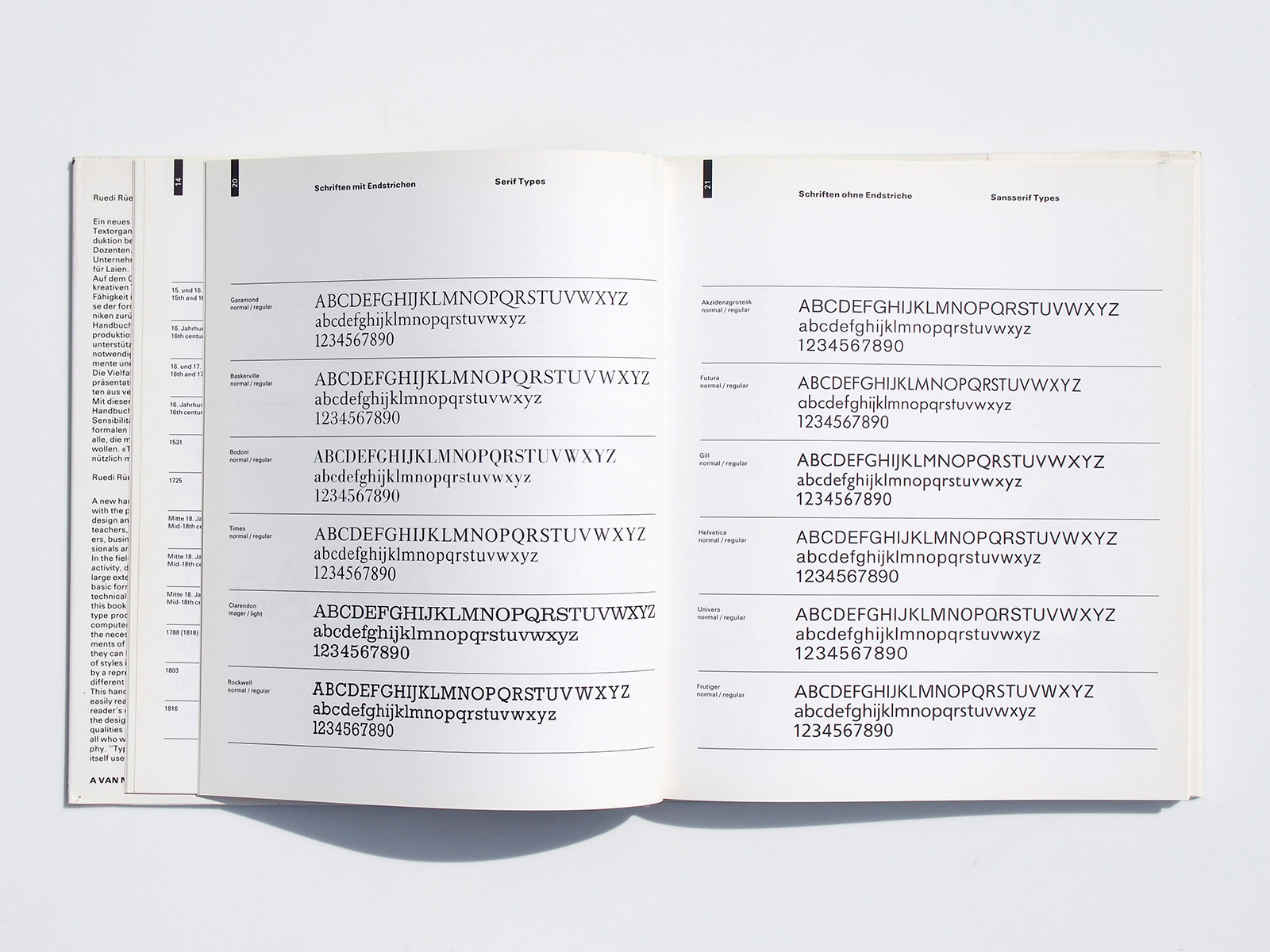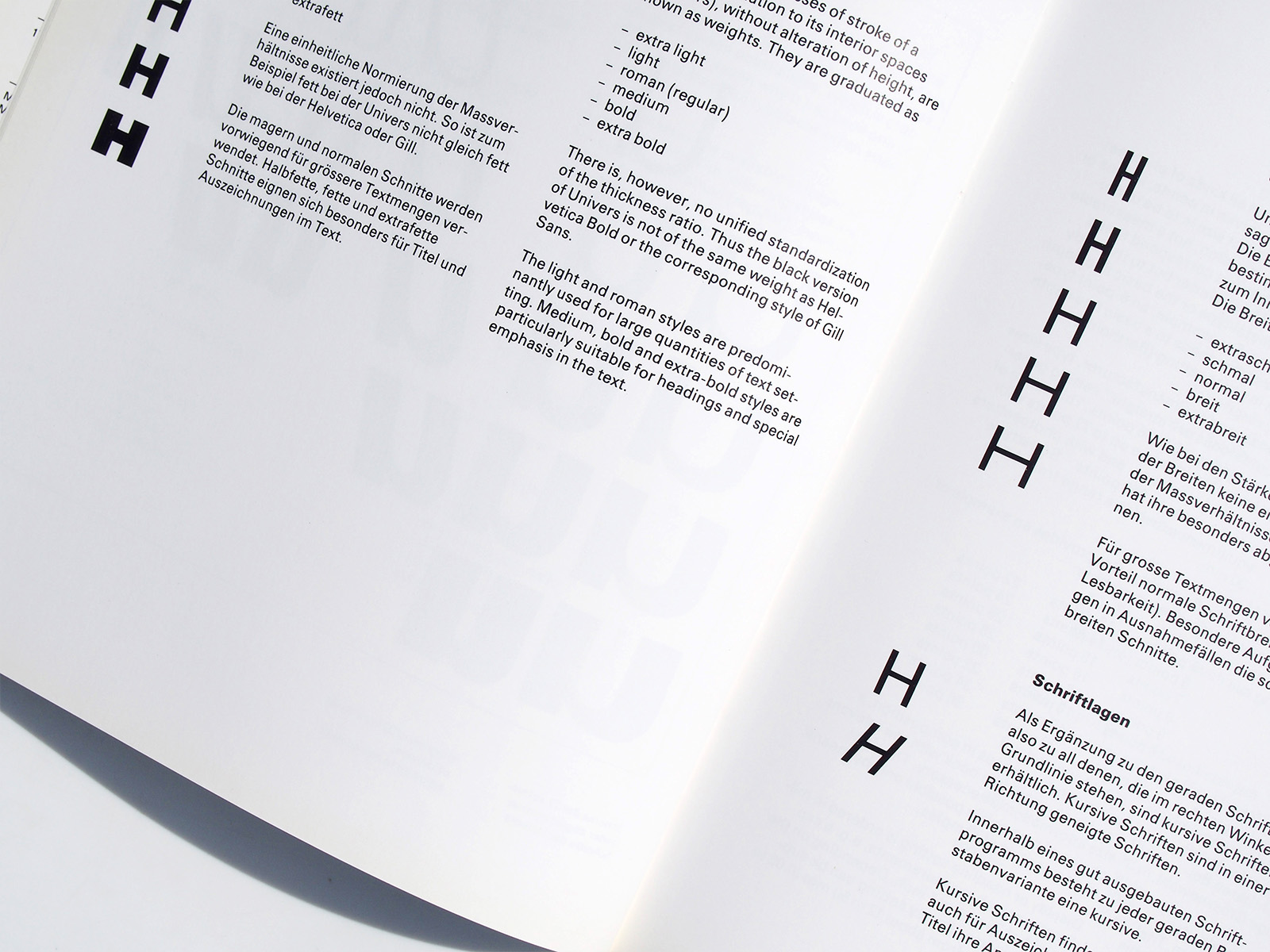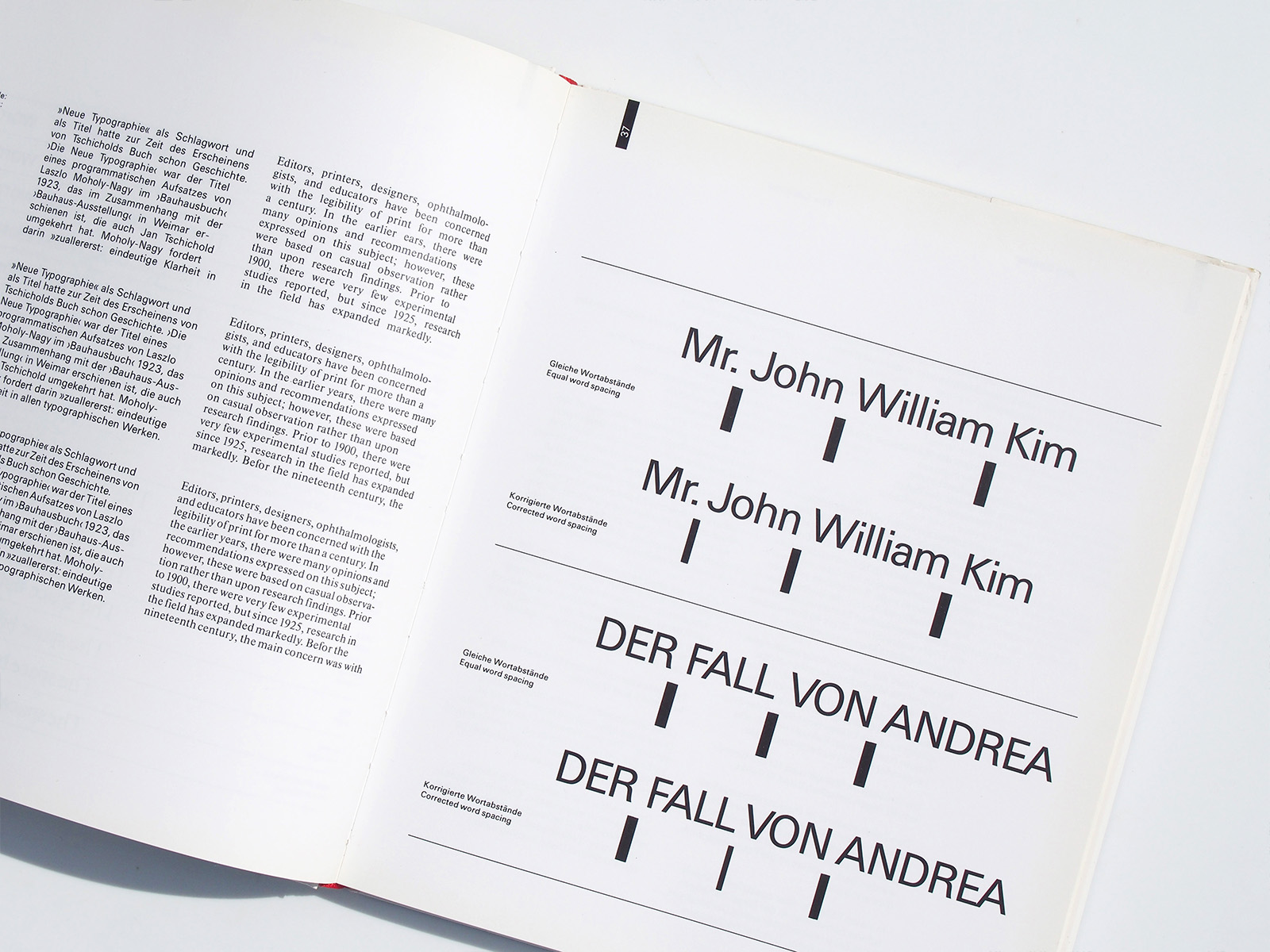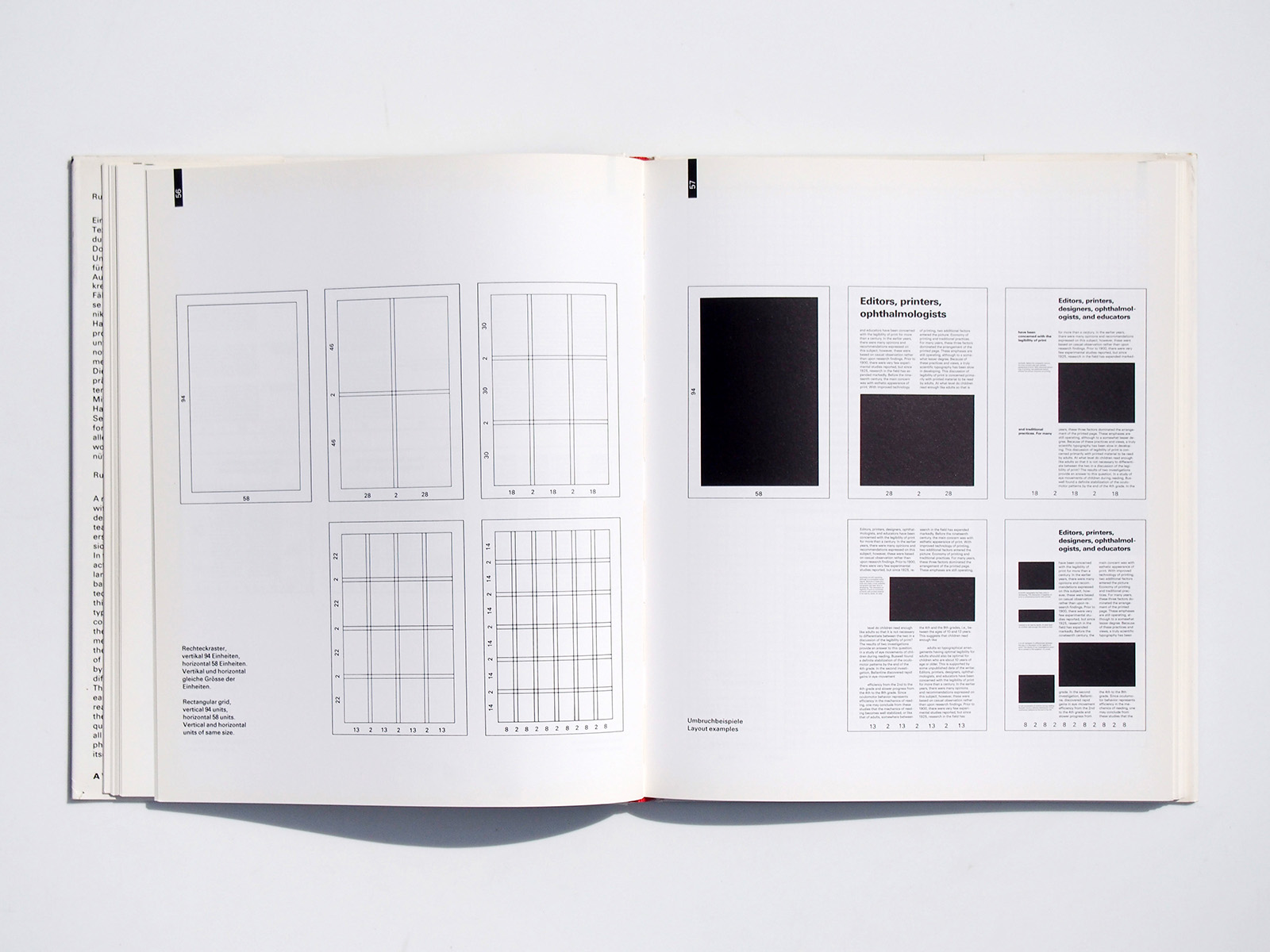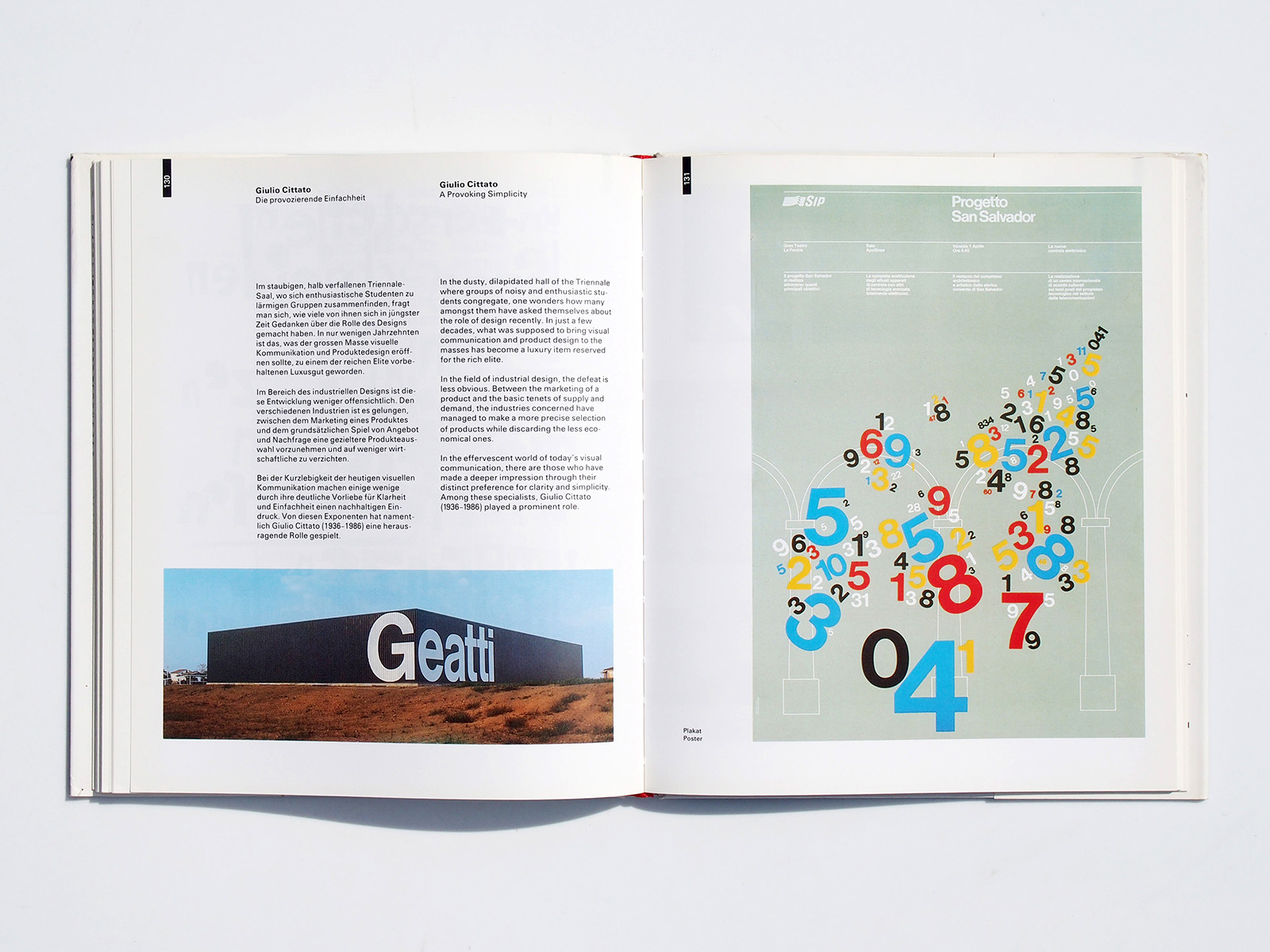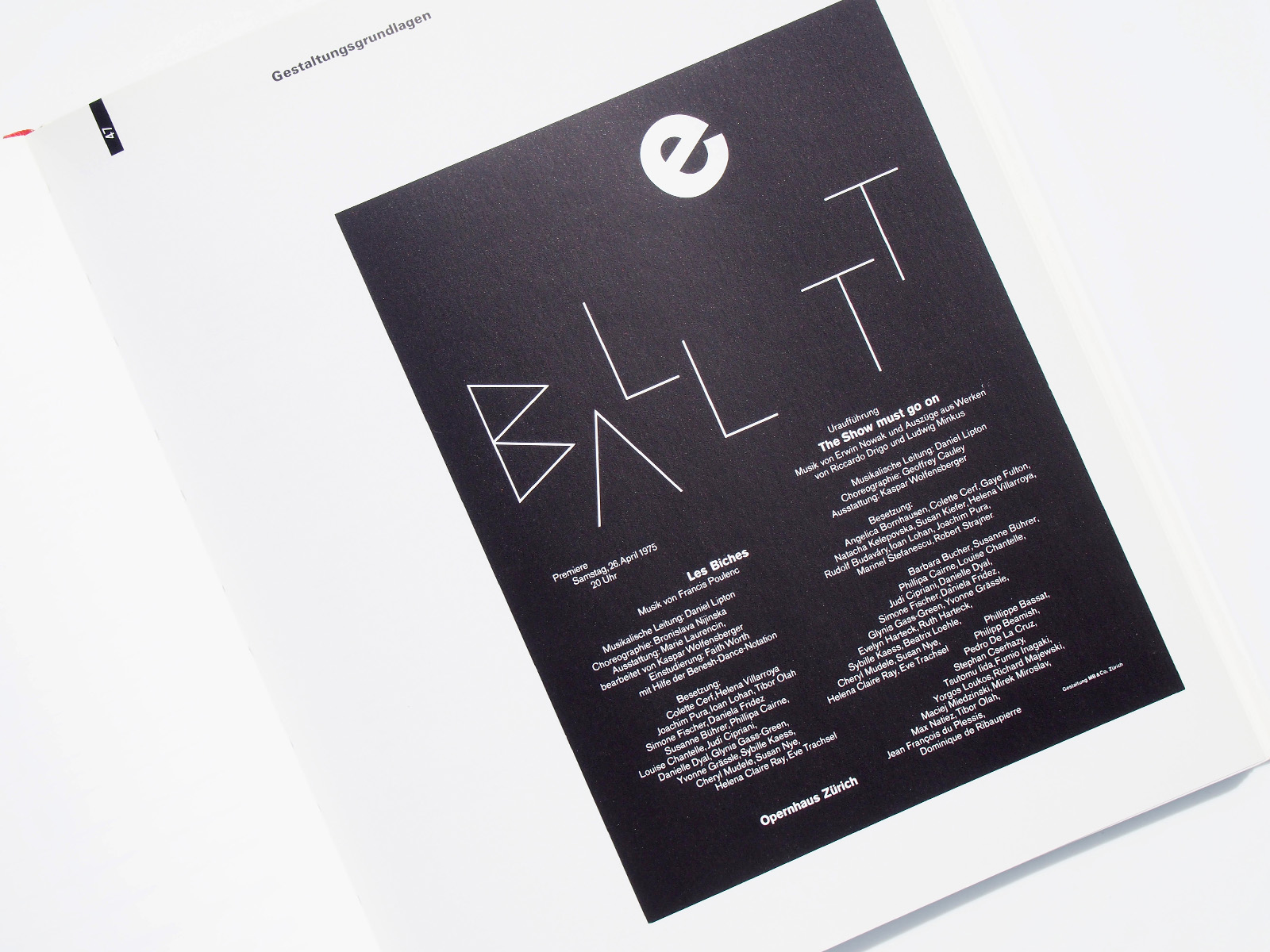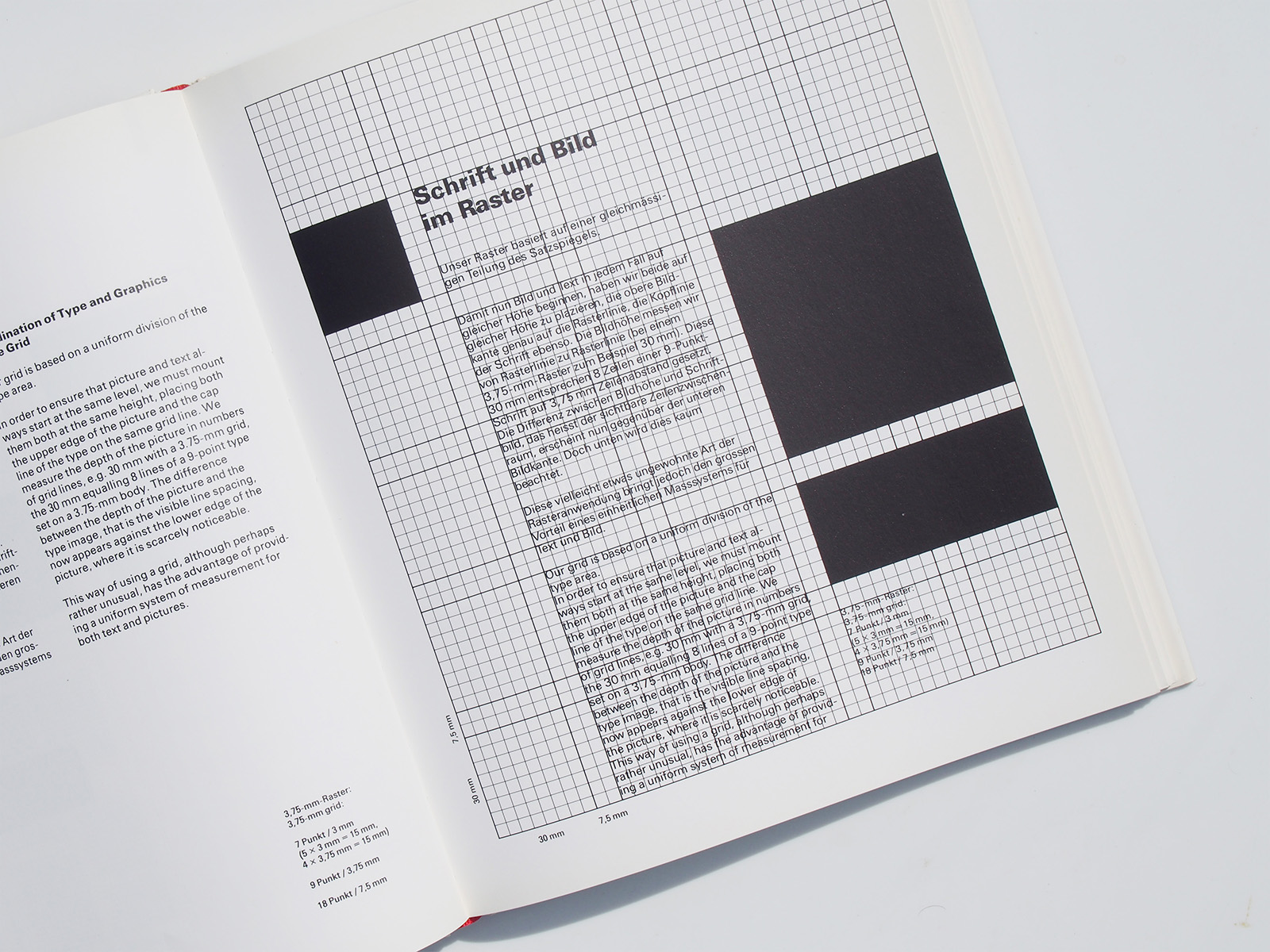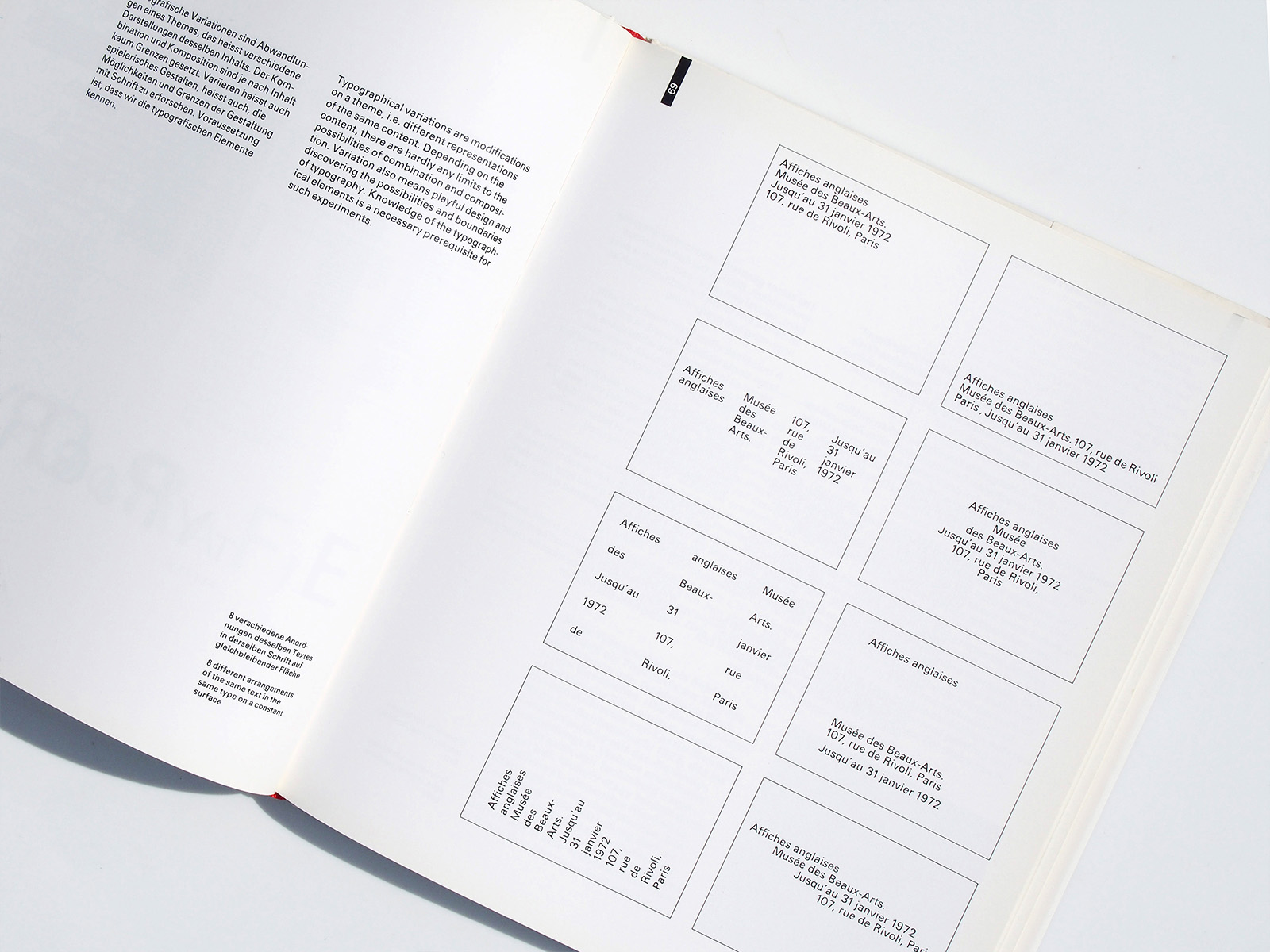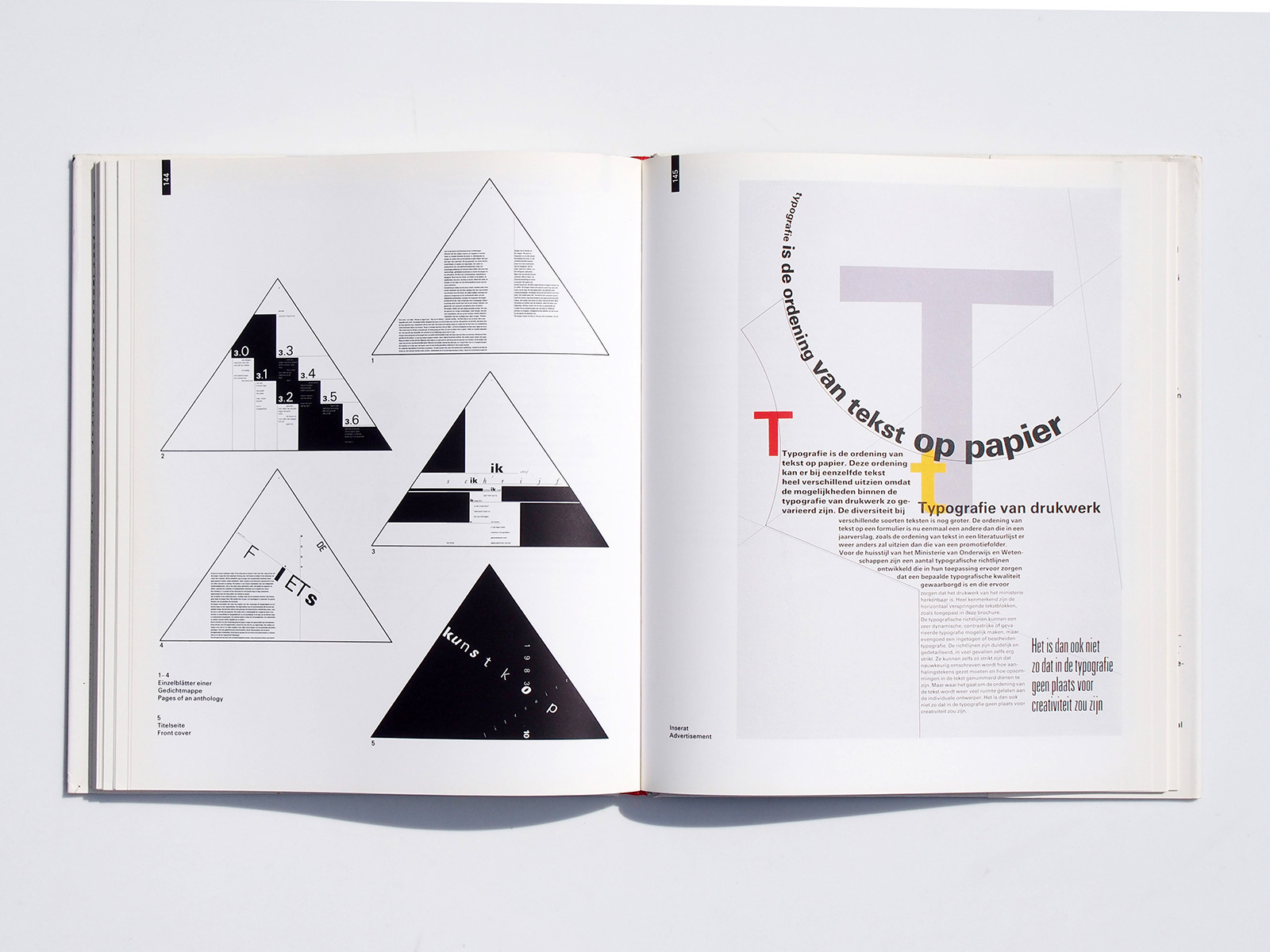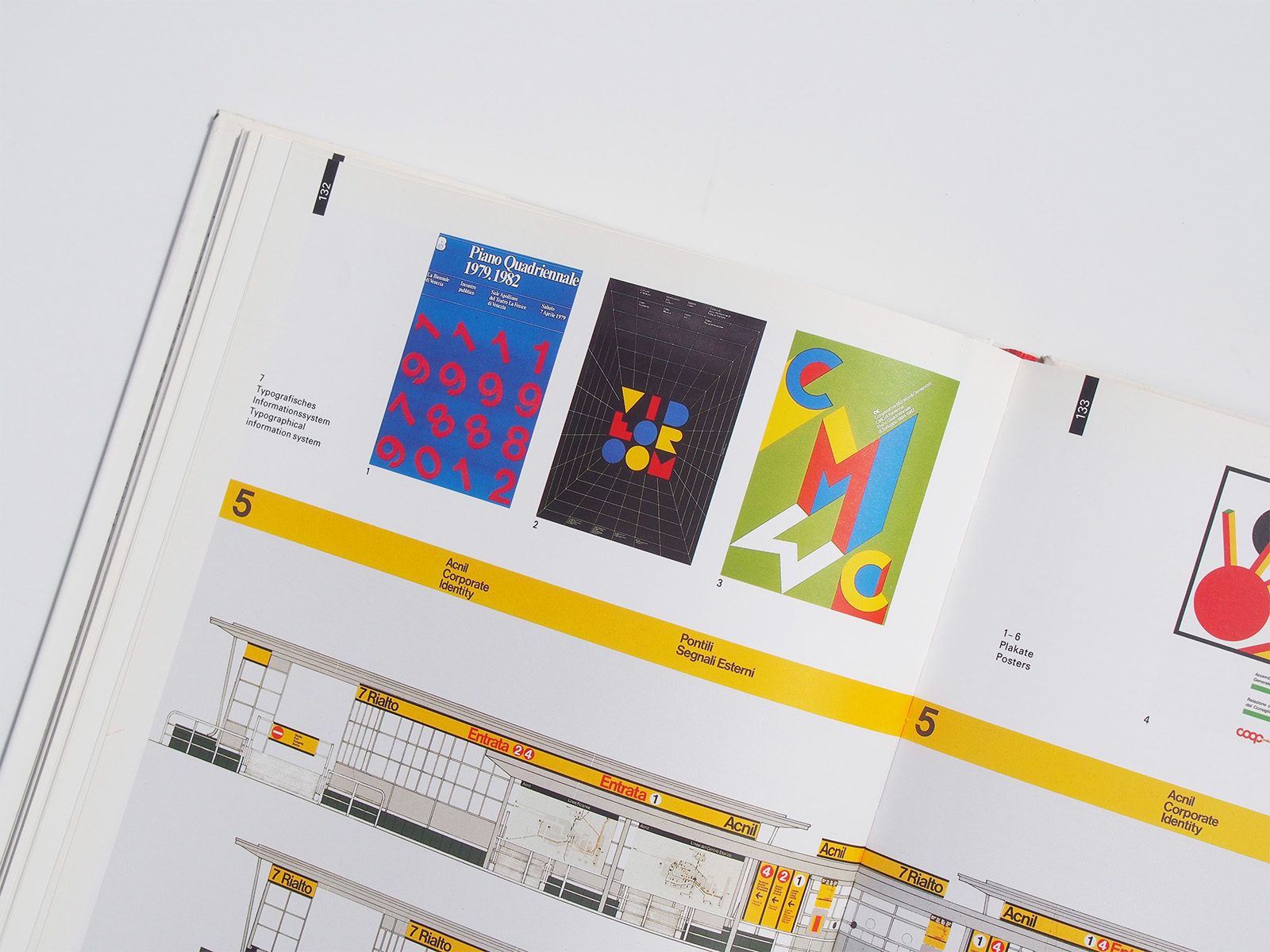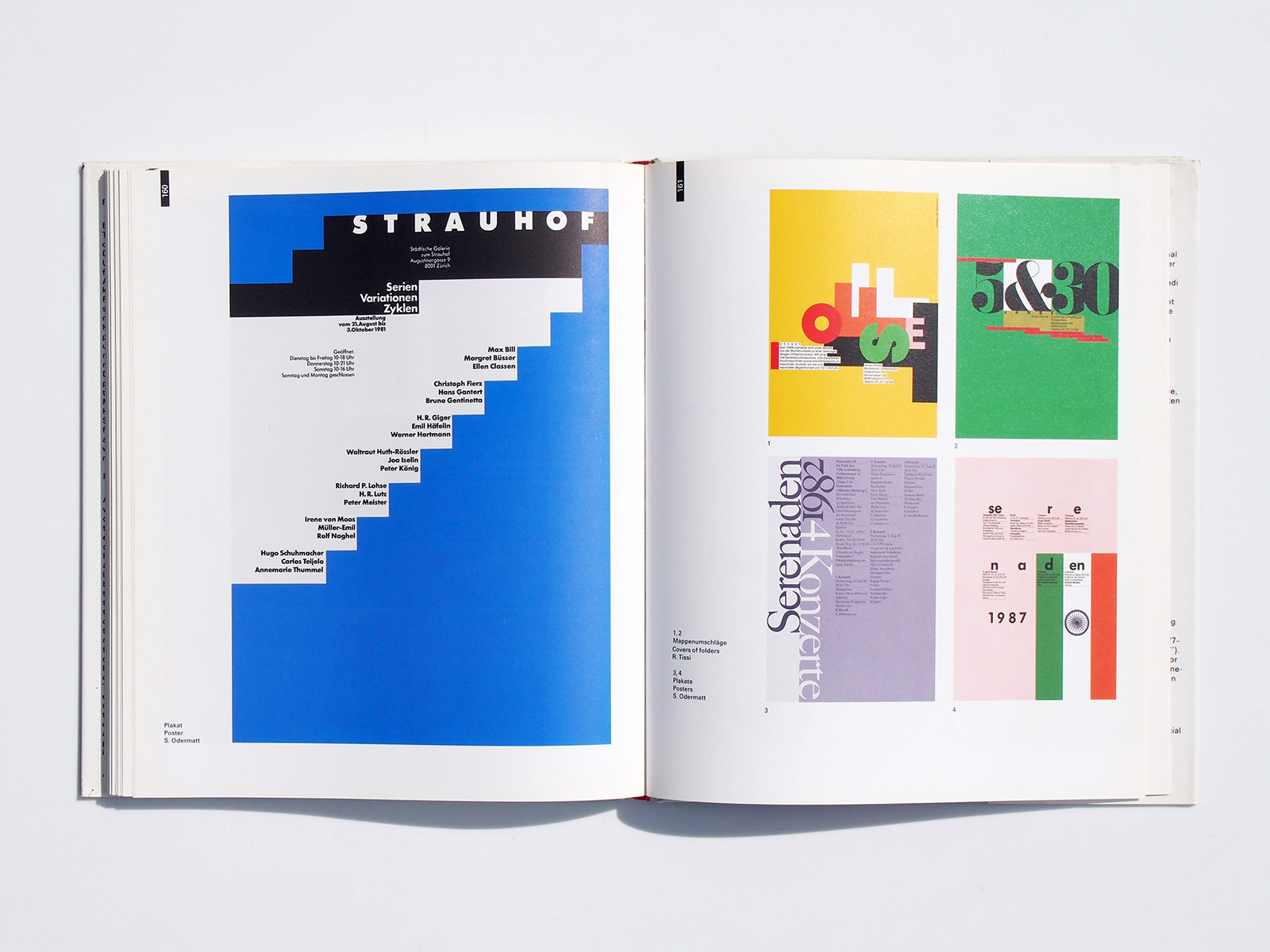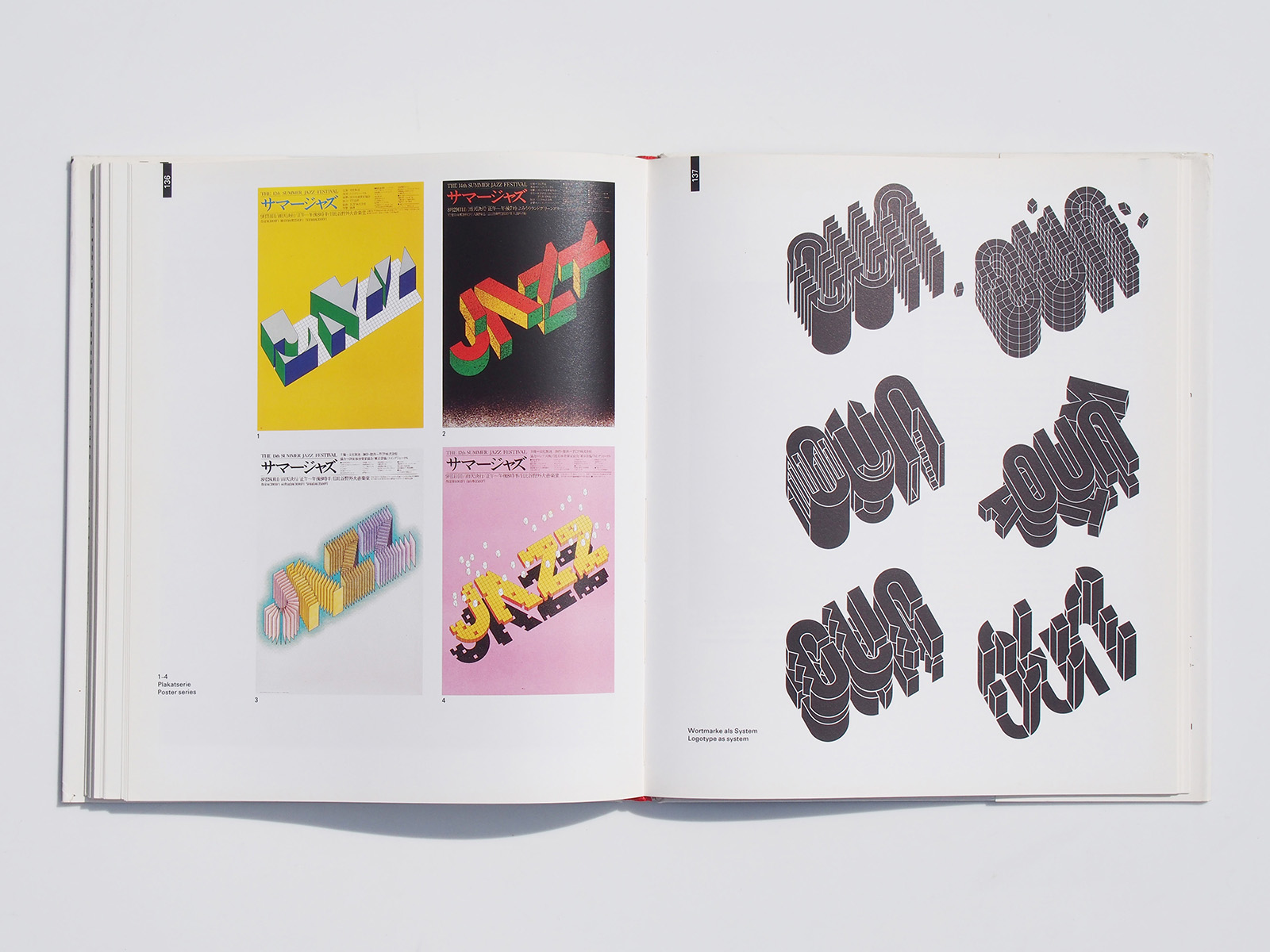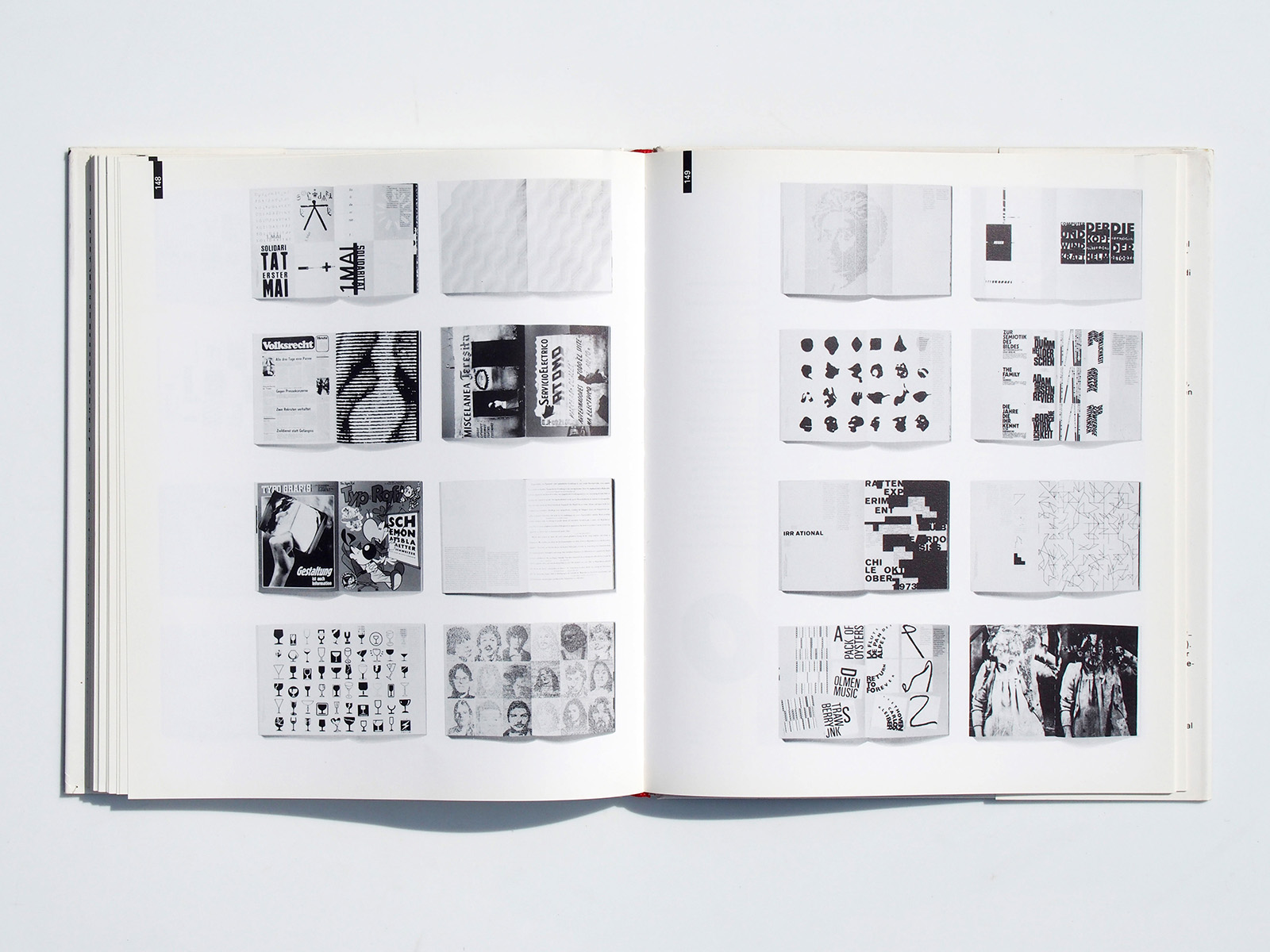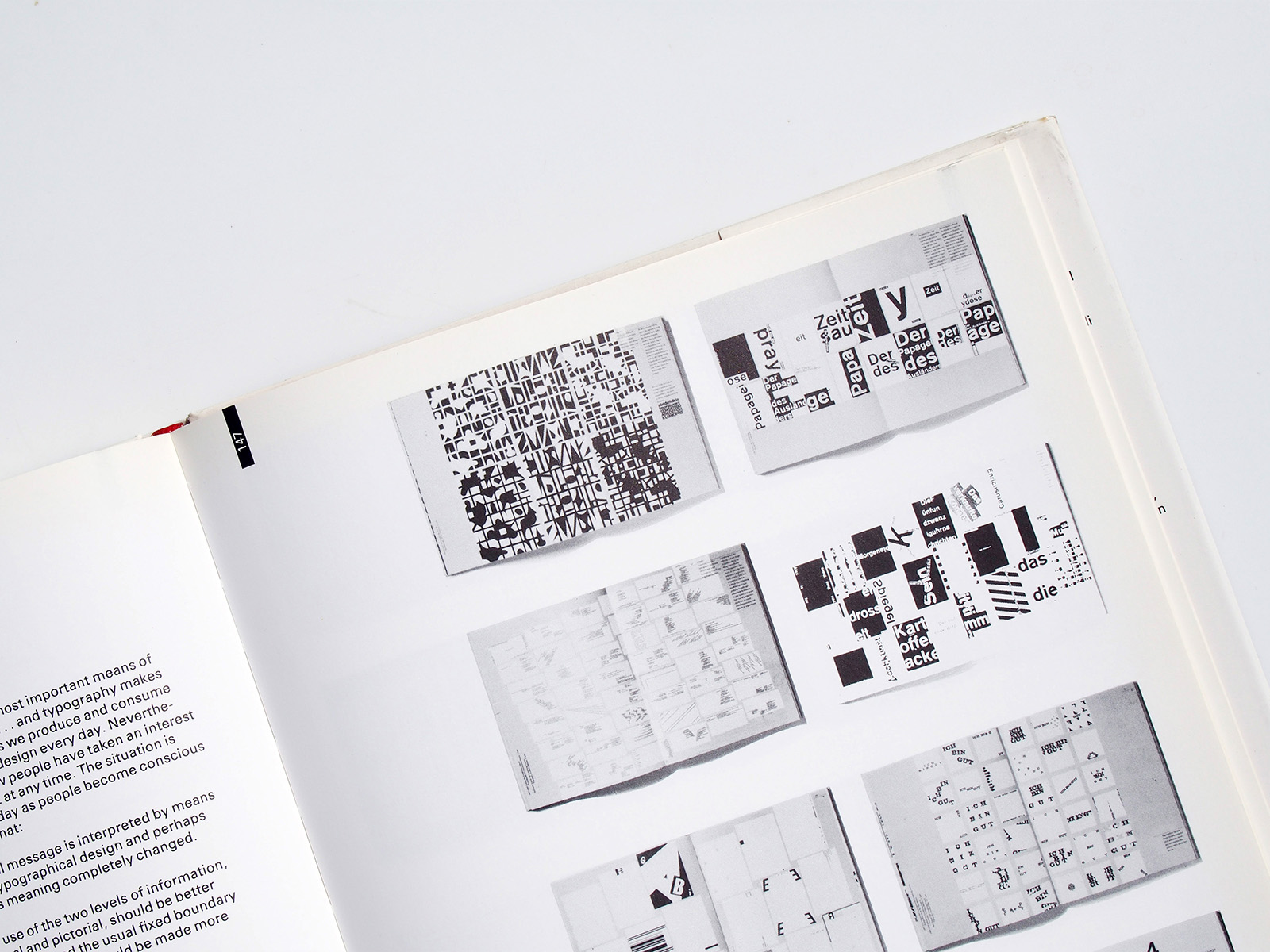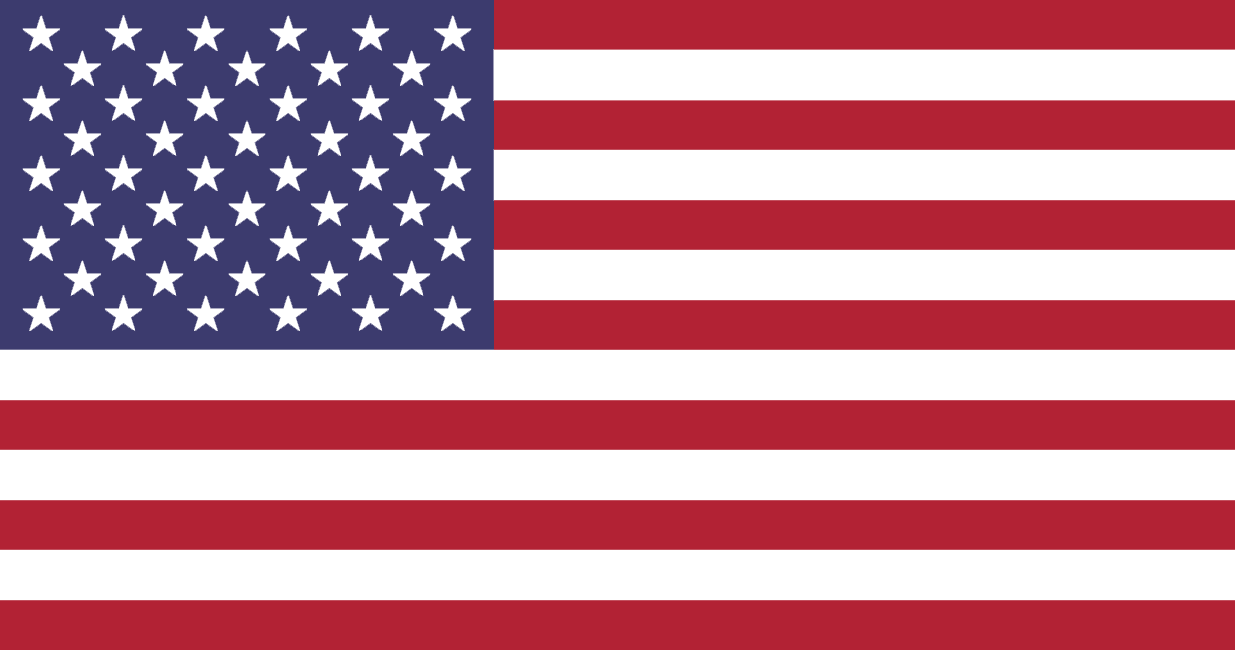Publisher: Van Nostrand Reinhold
Language: German English
ISBN-10: 0442239130
ISBN-13: 978-0442239138
Product Dimensions: 25.1 x 21.3 x 2.3 cm
Release Date: 1989
Price: sold
Author: Ruedi Ruegg
Basic Typography: Design with letters
It is a matter of daily experience that more and more visual verbal information is being produced all the time. Vast quantities of paper are printed, and programs are written for every kind of visual display terminal. We are witnessing a flood of information, which presents a challenge to every typographical designer.
The reasons why this should be so cannot be the theme of the present handbook. Our concern is with the methods of organizing and designing verbal information in accordance with its content and context and with the forms of publication in which this information is received by the reader.
We take the term “typography” to cover the entire spectrum of visual communication with script, including, for example, both the typographic design of books for the setting of large quantities of text and the hand-lettering design of a poster. We understand words as content in the first place, then as matters of form and technique. Typography in this sense is consequently limited to the purely visual, to the material on which the typographer must work in order to create an end-product that is placed before the reader.
Since Gutenberg’s time the techniques of typesetting production have been changed, renewed and improved in various stages of development, while the forms of the typefaces have generally followed criteria which are independent of technique: the artistic style of the times, as also expressed in architecture, the progress of industry, and so on.
Until not too long ago, the typesetter was in most cases also the designer. Design and production came from one hand. Then, in the early years of the 20th century, the design function began to be taken over by typographers and graphic artists, who were either former typesetters or had obtained the necessary technical knowledge through appropriate training. Nowadays the situation is different in that the technical processes of typesetting have become so complex that it is in the designer’s interest to use the services of a technical consultant. For the future, a situation similar to that of the earliest years of typesetting can be foreseen, in that the designer will work at a display terminal, transmitting the repro-ready results via the computer, so that once again everything will come from one hand.
Whatever the techniques that may be used for typographical work, they can only be as good as the designer who uses them. Technique alone, however highly developed, can never guarantee aesthetic quality. The future calls for well-trained, creative designers, capable of handling the new kinds of problems that will arise.
The present handbook is intended as an aid to the training of typographical designers. It does not provide any ready-made answers but explains the most important basic requirements for all kinds of typographical work. if it succeeds in stimulating students and practising designers to produce original, systematic and imaginative work, it will have achieved its aim.
“Typography is devoted to a clear purpose, which is to convey meaning through the use of type. it cannot be exempted from this obligation by any kind of argument or any other consideration. The printed product that can not be read has no meaning whatsoever.” Emil Ruder, 1967
Our examples from commercial practice show what can be achieved on the basis of hard and fast groundwork.
Ruedi Rüegg
Born in Zurich 1936, educated at the Zurich School of Design. Worked as graphic
designer in the Müller-Brockmann studio. 1963-1964 assistant of Paul Rand, Weston, USA. 1964-1965 designer at the Nakamoto International Agency, Osaka, Japan. 19671976 co-owner of the design and advertising agency Müller-Brockmann & Co Zurich. Since1977 “Büro Ruedi Rüegg” Zurich (1977-1988 “Bürogemeinschaft Bailtis und Rüegg”). Since 1968 visiting professor and lecturer for graphic design (Ohio State University, Carnegie Mellon University, Cooper Union Design School, Kent State Summer Workshop in Switzerland, St. Gallen School of Design). Member of AGI, SWB, SGV, ASG
By the same author: Basic Typography 1, ABC Edition, 1972. Swiss Posters, Idea Special Issue, Tokyo 1982. Contributions to design books and magazines. Numerous awards for posters, book design and symbols.
